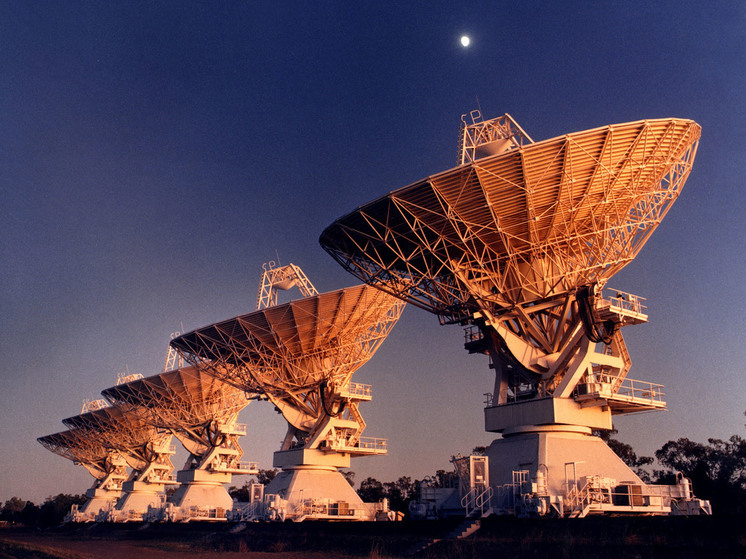The main candidates for parent objects are black holes
The second most energetic cosmic particle was discovered by astrophysicists using the Telescope Array telescope in Utah (USA). But astrophysicists, as in the first such case thirty years ago, were unable to calculate the source that “sent” it to Earth.
We asked Vladimir Samodurov, a senior researcher at the Pushchino Radio Astronomy Observatory of the AKC FIAN, to explain what the mystery is mysterious particle.

So, the first particle was “Oh-My-God!” It was discovered on the evening of October 15, 1991 at the Dugway test site in Utah using a cosmic ray detector.
The particle's energy was estimated at 3×10 to the power of 20 electron volts, that is, 20 million times higher than ordinary extragalactic particles. This is the energy of a 142-gram baseball moving at a speed of 93.6 kilometers per hour.
Oh-My-God traveled through space at approximately 99.999% of the speed of light. The particle caused a great stir, since it is known that there are no potential sources in the observable part of the sky. From more distant corners of the Universe, high-energy particles cannot reach us, since beyond the Zatsepin-Kuzmin-Greisen limit (about 160 million light years or 50 megaparsecs) all high-energy particles (with energies above 5×10 at 19 eV) are absorbed.
In 2021, Japanese scientists, using another telescope, the Telescope Array, discovered a new similar particle, which they named Amaterasu in honor of the Sun Goddess from Japanese mythology.
The particle energy was 2.44×10 to the 20th power eV. That's a little less than «Oh-My-God.» But still, scientists were confused because, just like its predecessor, Amaterasu had no obvious source and exceeded the energy limit. An analysis of the event was recently published in Science.
The Telescope Array, owned by the University of Utah and the University of Tokyo, is a telescopic array consisting of 507 ground detector stations arranged in a square grid that covers an area of 700 square meters. kilometers in the desert.
“Particles like “Oh-My-God” and Amaterasu should not exist at all,” says Vladimir Samodurov. – High-energy particles should be absorbed at a distance of 50 megaparsecs from the Earth by background microwave radiation. It was calculated in 1966 by Soviet scientists Georgy Zatsepin and Vadim Kuzmin, and independently by the American Kenneth Greisen.
— In such cases, we put forward several versions. It is possible that these high-energy particles are flying towards us from a closer distance than 50 megaparsecs, but in this case we could trace their trajectory and detect a specific object — but it is not there… There have been experiments that have shown that such arrivals are sometimes possible from active galactic nuclei (black holes) that are located not far from us.
— Not necessarily — there are other galaxies within tens of megaparsecs from us. As a result of the cataclysm, particles can be accelerated in the magnetic fields of black holes according to the sling principle and, having gained great energy, fly directly, without deviating much from the course.
— The Telescope Array has the ability to directly record a flash from a collision with a particle. Ours has only indirect registration, through a radio burst.
“These events appear to be coming from completely different places in the sky,” John Belz, a professor at the University of Utah and co-author of the study, said of the extremely energetic particles. “There doesn't seem to be any one mysterious source.” These could be defects in the structure of space-time, colliding cosmic strings. I mean, I just spit out crazy ideas that people come up with because they don't have a generally accepted explanation.»





















































Свежие комментарии